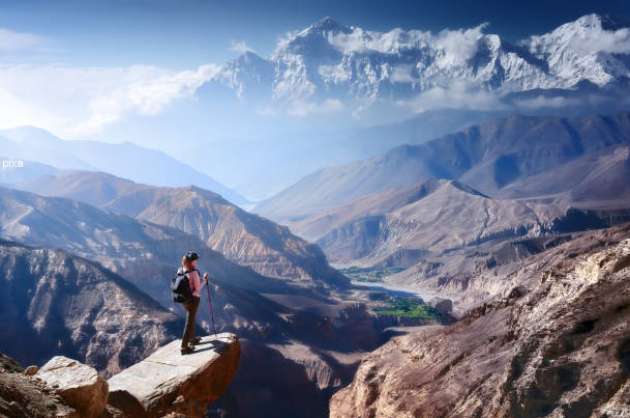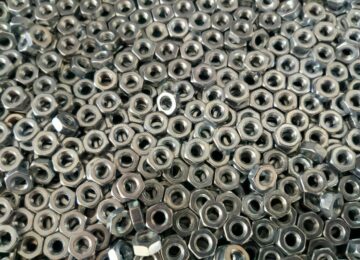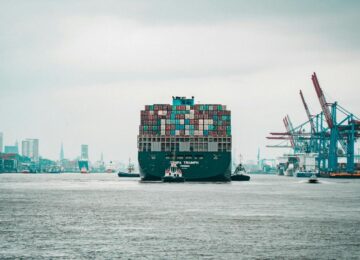Yashashree Malpathak
www.mediaeyenews.com
Approximately 1200 new lakes have formed in the previously glaciated parts of the Swiss Alps, since the end of the Little Ice Age. It was the climate interval from the early 14th century to the mid-19th century. Around 1,000 of the lakes are still in existence today, as per a study published on 19th July 2021. When massive ice fields recede, they frequently leave depressions and natural dams on the exposed landscape. Meltwater can fill the basins, forming new glacial lakes.
During the Little Ice Age, mountain glaciers expanded in the European Alps, New Zealand, Alaska, and the southern Andes, and mean annual temperatures in the Northern Hemisphere fell by 0.6 °C (1.1 °F) compared to the average temperature between 1000 and 2000 CE. Since the end of the Little Ice Age, a complete inventory of Swiss glacial lakes has shown how the lake landscape in the high mountains has evolved. It was carried out using the high-quality aerial photo data from Swisstopo, which is the Swiss Federal Office of Topography and years of data on glaciers in Switzerland.
The oldest information dates back to the middle of the 19th century. The change in breadth and length of some significant glaciers in the Swiss Alps was therefore documented for the first time between 1840 and 1870, for the Dufour map—the first official maps’ series encompassing entire Switzerland. The first high-quality aerial images were made available with the 1946 ‘American Aerial Survey’. The research team was able to rely on data at seven different points in time between 1850 and 2016.
The Alps' glaciers are melting as a result of climate change. Swiss glacier lakes occupied an area of around 620 hectares in 2016. The largest lake was 40 hectares in size, while more than 90 percent were smaller than one hectare. Between 1946 and 1973, glacial lake creation peaked at about eight new lakes each year on average. There was some respite after that. However, between 2006 and 2016, the pace of formation of new glacial lakes grew dramatically and exceeded the previous high prominently. Each year, 18 new lakes form on average, and the water surface expands by more than 150'000 square metres, visual proof of climate change in the Alps. However, almost a fourth of the new lakes have diminished or vanished entirely. The glacier's constant transfer of sediments gradually replenished the lakes. Between 1985 and 2016, the lake at the Huefifirn glacier in the canton of Uri lost about 20% of its surface area. In the previous 170 years, 187 glacial lakes have either vanished entirely or shrunk significantly.
According to Daniel Odermatt—Head of the Remote Sensing Group at the aquatic research institute, Eawag, the increasing number of glacial lakes raises the potential of unexpected outbursts and, as a result, flood waves for settlements below them. The natural phenomena, on the other hand, provide remarkable tourist attractions. The artificial enlargement of the lakes creates fresh prospects for hydroelectric generation.




























